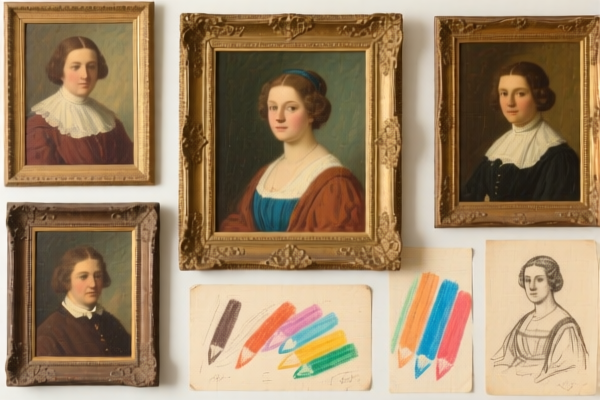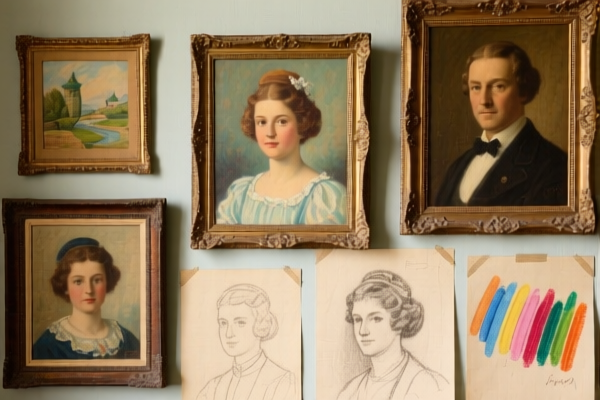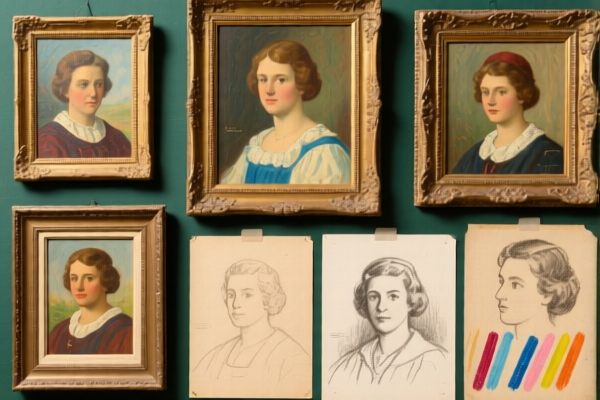| HS Code | Official Doc | Tariff Rate | Origin | Destination | Effective Date |
|---|---|---|---|---|---|
| 9503000071 | Doc | 30.0% | CN | US | 2025-05-12 |
| 9503000073 | Doc | 30.0% | CN | US | 2025-05-12 |
| 9505906000 | Doc | 30.0% | CN | US | 2025-05-12 |
| 9505902000 | Doc | 30.0% | CN | US | 2025-05-12 |
| 6111909000 | Doc | 43.1% | CN | US | 2025-05-12 |
| 6111900530 | Doc | 51.1% | CN | US | 2025-05-12 |
| 6114909030 | Doc | 35.6% | CN | US | 2025-05-12 |
| 6114909040 | Doc | 35.6% | CN | US | 2025-05-12 |
| 3926201010 | Doc | 30.0% | CN | US | 2025-05-12 |
| 3924104000 | Doc | 33.4% | CN | US | 2025-05-12 |
| 3924905650 | Doc | 40.9% | CN | US | 2025-05-12 |




Children's Costumes
Children's costumes are outfits worn by children to portray a character, animal, object, or concept, typically for events such as Halloween, dress-up play, themed parties, school events, or performances. They are a significant part of childhood imagination and cultural traditions.
Materials
Costumes are constructed from a wide range of materials, varying based on price point, desired durability, and complexity of the design. Common materials include:
- Polyester: A synthetic fabric frequently used for its affordability, wrinkle resistance, and color retention. It's common in mass-produced costumes.
- Cotton: A natural fiber offering comfort and breathability, often used for younger children or costumes prioritizing comfort.
- Felt: An inexpensive and easy-to-work-with material, ideal for simple accessories or costume elements.
- Velvet/Plush: Used for character costumes requiring a soft, luxurious texture (e.g., animal costumes).
- Spandex/Lycra: Provides stretch and form-fitting designs, often used for superhero or athletic-themed costumes.
- Foam: Used for creating props, masks, or structural elements of the costume.
- Plastic/Vinyl: Employed for masks, accessories, or weather-resistant components.
Purpose
- Imaginative Play: Encourages creativity, role-playing, and storytelling.
- Celebrations: Central to events like Halloween, allowing children to embody characters.
- Cultural Traditions: Reflects folklore, mythology, or historical figures.
- Social Interaction: Facilitates interaction with peers and participation in group activities.
- Performance: Used in school plays, dance recitals, or other theatrical productions.
Function
The primary function is to visually represent a chosen character or concept. Beyond aesthetics, costumes may also incorporate features such as:
- Comfort: Ensuring the child can move and play comfortably.
- Safety: Avoiding tripping hazards, ensuring visibility (reflective elements), and using non-toxic materials.
- Durability: Withstanding active play and repeated use.
- Transformative Effect: Allowing the child to convincingly portray the chosen role.
Usage Scenarios
- Halloween: The most common occasion, with trick-or-treating and costume parties.
- Dress-Up Play: Year-round imaginative play at home or in playgroups.
- Themed Parties: Birthdays, school events, or holiday celebrations with specific themes.
- School Events: Book character days, historical reenactments, or plays.
- Parades: Local community events or holiday parades.
- Cosplay: Children participating in conventions or events dedicated to character portrayal.
Common Types
Costumes are categorized by the character or concept they represent. Some common types include:
- Superheroes: Popular choices, featuring characters like Batman, Wonder Woman, Spider-Man.
- Princesses/Royalty: Classic options, including Cinderella, Snow White, Prince Charming.
- Animals: Wide range of options, from lions and tigers to unicorns and dinosaurs.
- Occupations: Firefighters, doctors, police officers, astronauts.
- Historical Figures: Characters from history, such as pirates, knights, or queens.
- Fantasy Creatures: Dragons, fairies, elves, witches.
- Movie/TV Characters: Based on popular films and television shows.
- Book Characters: Based on characters from children's literature.
- Food/Objects: Unique and creative options, like bananas, robots, or flowers.
Children's costumes fall under various classifications depending on their material and specific design. Based on the provided information, the following HS codes are relevant:
- 9503000071: This HS code covers Tricycles, scooters, pedal cars and similar wheeled toys; dollsʼ carriages; dolls, other toys; reduced-scale (“scaleˮ) models and similar recreational models, working or not; puzzles of all kinds; parts and accessories thereof “Childrenʼs productsˮ as defined in 15 U.S.C. § 2052: Other: Labeled or determined by importer as intended for use by persons: Under 3 years of age. If the costume is designed for children under 3 years old, this code applies. The base tariff is 0.0%, with a 30.0% additional tariff effective April 2, 2025.
- 9503000073: This HS code covers Tricycles, scooters, pedal cars and similar wheeled toys; dollsʼ carriages; dolls, other toys; reduced-scale (“scaleˮ) models and similar recreational models, working or not; puzzles of all kinds; parts and accessories thereof “Childrenʼs productsˮ as defined in 15 U.S.C. § 2052: Other: Labeled or determined by importer as intended for use by persons: 3 to 12 years of age. If the costume is designed for children between 3 and 12 years old, this code applies. The base tariff is 0.0%, with a 30.0% additional tariff effective April 2, 2025.
- 6111909000: This HS code covers Babies' garments and clothing accessories, knitted or crocheted: Of other textile materials: Other (839). If the costume is a knitted or crocheted garment intended for babies and made of other textile materials, this code may be applicable. The base tariff is 5.6%, with a 7.5% additional tariff, resulting in a total tariff of 43.1%.
- 6114909030: This HS code covers Other garments, knitted or crocheted: Of other textile materials: Other Sunsuits, washsuits and similar apparel (859). If the costume is a knitted or crocheted garment that resembles a sunsuit or washsuit and is made of other textile materials, this code may be applicable. The base tariff is 5.6%, with a 30.0% additional tariff effective April 2, 2025, resulting in a total tariff of 35.6%.
- 6114909040: This HS code covers Other garments, knitted or crocheted: Of other textile materials: Other Coveralls, jumpsuits and similar apparel (859). If the costume is a knitted or crocheted garment that resembles coveralls or a jumpsuit and is made of other textile materials, this code may be applicable. The base tariff is 5.6%, with a 30.0% additional tariff effective April 2, 2025, resulting in a total tariff of 35.6%.
Regarding HS codes 9503000071 and 9503000073, please note that these are specifically defined as “Children’s productsˮ as defined in 15 U.S.C. § 2052. It is important to verify that the imported costumes meet the requirements of this definition.
Customer Reviews
No reviews yet.